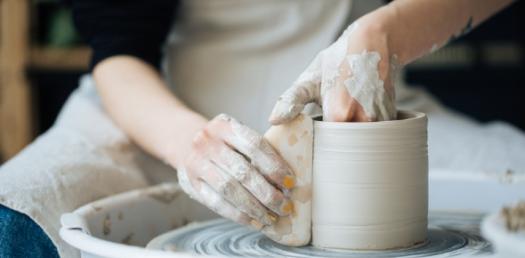Quiz On Ceramics Terms! Trivia Questions
- ASTM C1161
- ISO 6474
2.
You may optionally provide this to label your report, leaderboard, or certificate.
×
Thank you for your feedback!
















